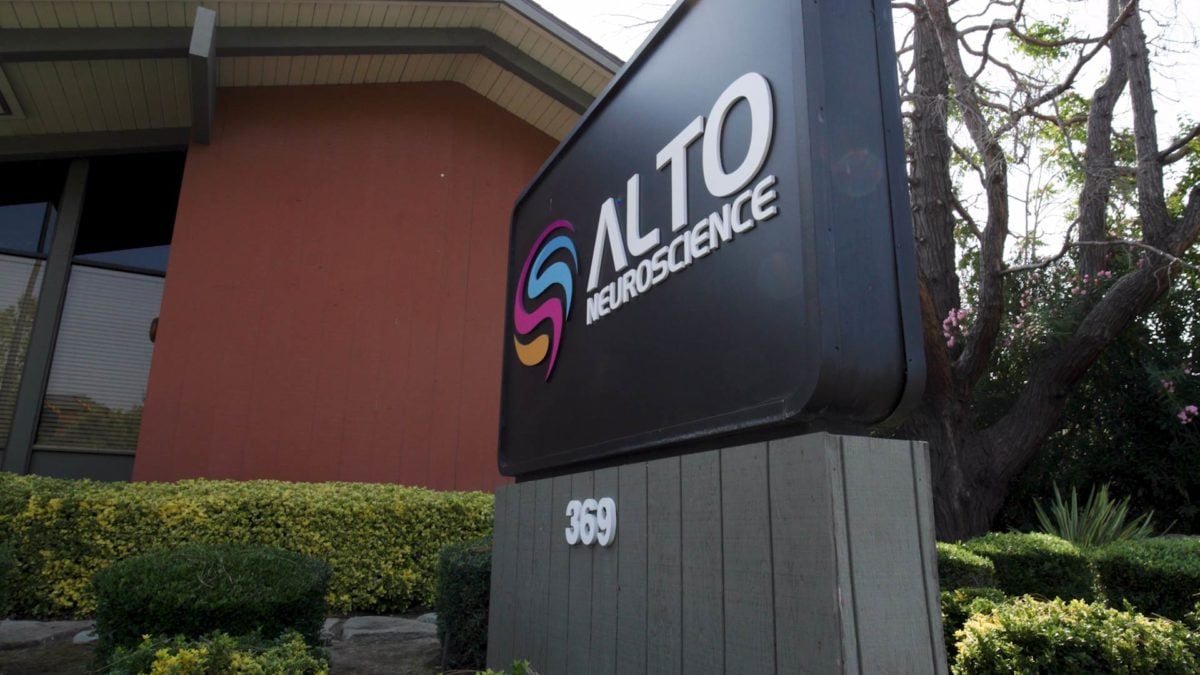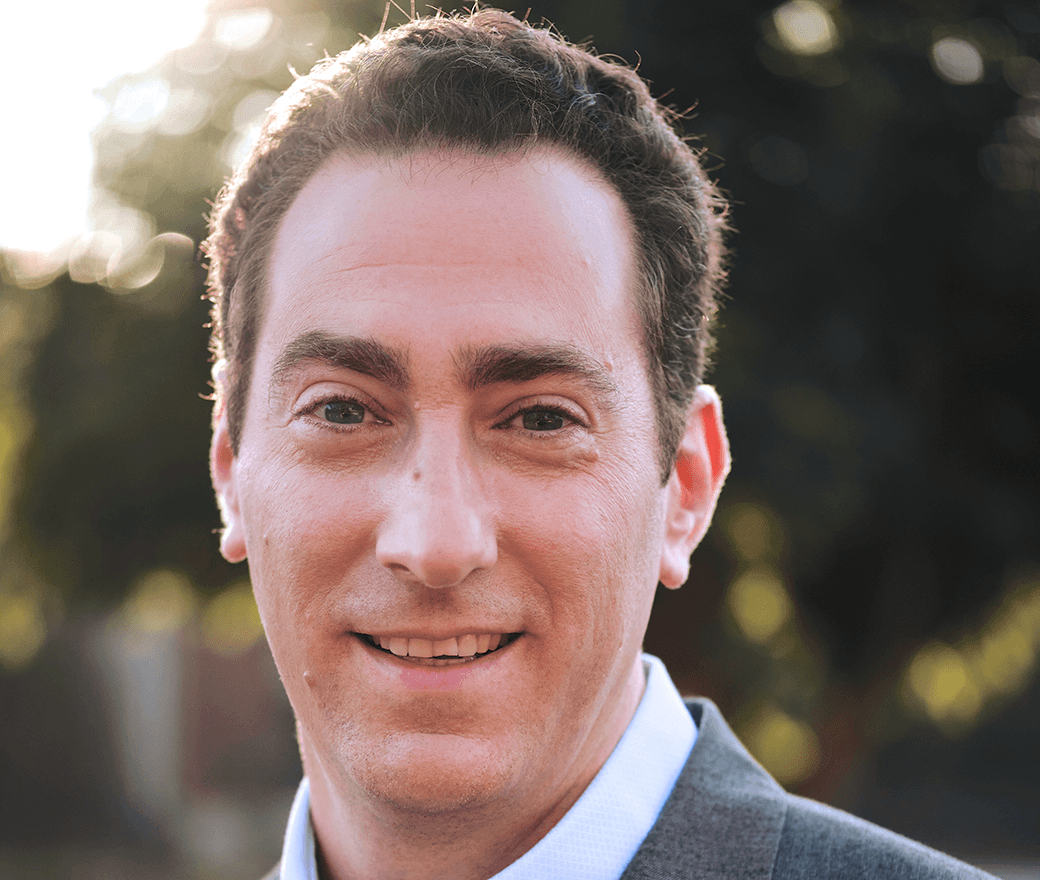What causes psychiatric disorders, and why do patients respond so differently from one treatment to another? Former psychiatry professor Amit Etkin has been trying to get to the bottom of this question for years, grounding his observations in biological tests.
The academic sphere was not agile enough to support Etkin’s growing ambitions, he said, so despite having one of the largest laboratories in the Department of Psychiatry and Behavioral Sciences, he took a leave of absence from his professorship to found Alto Neuroscience in 2019. The idea was to develop psychotropics and other drugs based on isolating biomarkers — signal molecules found in bodily fluids or tissues — with the aid of artificial intelligence. As of today, Etkin has stepped away from the Stanford faculty to lead his enterprise into Phase II.
In its early stages, biotechnology research tends to focus on animal trials, finding molecules that may find their way into a pharmacy a decade down the line, according to Etkin. Startups are modeled differently.
“We think that within five years we should have approved drugs with the biological test to identify who the right patient is for those drugs,” he said. Right now he has multiple candidates in the pipeline for depression and post-traumatic stress disorder.

Alto Neuroscience has raised $40 million to date, much of which came from investor Christian Angermayer, a pioneer in psychedelic medicine whose efforts are backed by PayPal co-founder Peter Thiel ’89.
“Mental health has been such a challenge, such a hard problem to solve,” Etkin said. “We were looking for a funder who really enthusiastically adopted the vision, the big vision that we’re after, which is to completely transform how we create drugs and how we bring them to patients.”
Neuroscientist and psychiatrist Thomas Insel is also an investor and adviser to the company. During his time as the director of the National Institute of Mental Health, he corresponded with numerous academics, wherefore he came across Etkin as a graduate student under neuroscience professor Eric Kandel of Columbia University.
Insel said there have not been new kinds of medications developed for a considerable amount of time.
“Is the science, whether that’s genomics or imaging or psychological science, probably getting to a point where we can do better than clinical consensus? I think what Amit is working on will certainly contribute to that,” Insel said, adding that Etkin is “a very talented investigator and a very good clinician who knows a lot about both the art and the science of psychiatry.”
The molecules and algorithms that serve as the backbone of Alto Neuroscience’s competitive advantage are proprietary. Discoveries will be licensed.

“It’s probably important to say that of the many thousands of drugs in our formularies, virtually all of them were developed by the private sector,” Insel said. “Public-sector universities don’t develop drugs very often. It’s just way too expensive.”
A grant from the National Institutes of Health is typically $250,000 for an investigator, according to Insel, and it costs about $1 billion to develop a new drug in the United States.
Furthermore, established companies in the pharmaceutical industry have transitioned from psychiatric medications to an interest in cancer treatment, immunology and infectious disease, according to Insel, and funding is scarce. “They don’t care about this area at all,” Insel said.
Presently, psychiatrists evaluate their patients clinically, without biological tests, and choose a medication based on the symptoms as they can best ascertain them. After six to eight weeks, if no improvement comes along, many will switch to a different medication and repeat the process until something works, according to Etkin.
“It’s purely trial and error,” he said. “That’s very frustrating. It does no good to the health system as a whole. On average, you see that each of these drugs actually has a tiny effect.”
This phenomenological approach to medicine consists of the observation of maladaptive behaviors and the classification of them as part of a disease. However, the descriptions of pathologies over the years have been based on the concept of what is or is not “normal,” which may allow social contexts to influence the empirical.
“We’ve built our platform of biomarker tests to measure biology relevant to brain systems,” Etkin said. “For example, we focus on cognition, on emotion and on sleep as core processes that we modulate with a drug and that we measure … across a range of psychiatric disorders, but … we need to be able to measure them objectively.”
Laura Roberts, chair of the Department of Psychiatry and Behavioral Sciences, hired Etkin shortly after coming to Stanford in 2010. She wrote that the move to triangulate evidence and develop precise approaches to the prevention of mental illness is “a key innovation in psychiatry and medicine more generally” in an email to The Daily. She called this innovation “incredibly inspiring” and added that “we have seen great benefit to patients and populations already.”
At the same time, Roberts is mindful of disparities in the history of mental healthcare.
“This is one component of our broader efforts to dismantle barriers to effective, compassionate, and equitable care,” she said. “All sectors will need to collaborate and innovate to bring highest quality care, resources and new approaches to the millions of people living with mental health conditions in the world.”
Etkin’s identification of precision phenotypes is aided by computer code, but he also said, “Psychiatric disorders are experienced in the first person and subjective, and we never want to take that away.”
Machine learning algorithms have proven to be particularly adept at recognizing patterns, which makes them an increasingly efficient tool in medicine, as well as a force that enhances bias. For example, artificial intelligence has significantly progressed in the field of radiology. The right neural network can swiftly recognize intricate patterns in imaging data for a wide range of diagnoses of diseases, but the wrong dataset can result in an algorithm that perpetuates measurable discriminatory practices from history, rather than paving a path to the future.
“Our datasets not only should be representative, but should be collected in the context of real-world care,” Etkin said. “Our data best represents that, and we make a lot of effort to make sure we’re spread in every way — geographically, socioeconomically, ethnically — across the country and, to some degree, even across the world.”
This article has been corrected to clarify that Etkin is a former professor. He was on leave beginning in 2019, and his last official day on faculty was Oct. 31, 2021. The Daily regrets this error.
